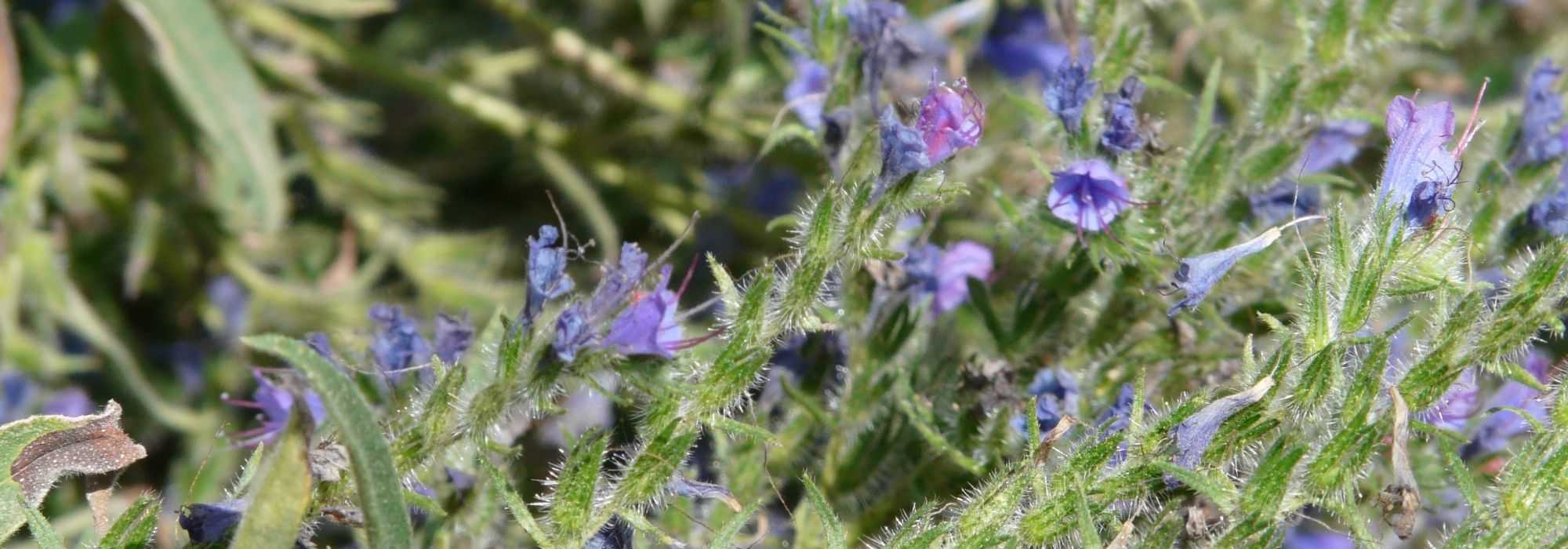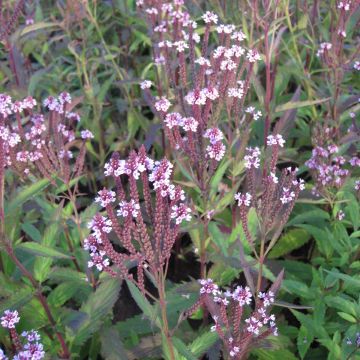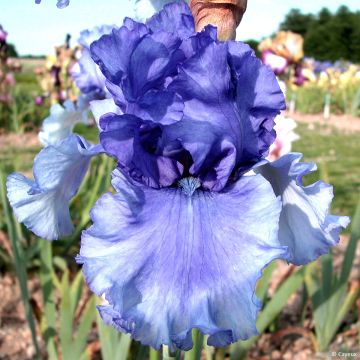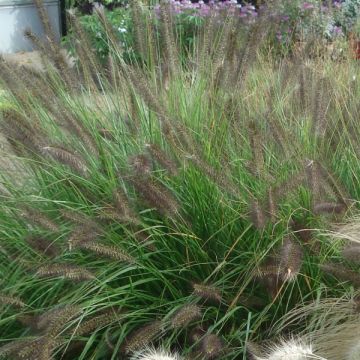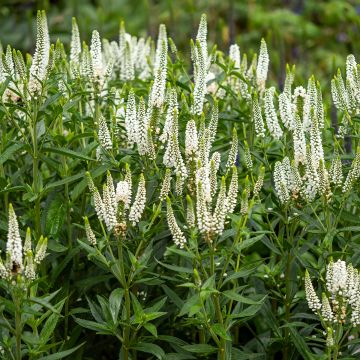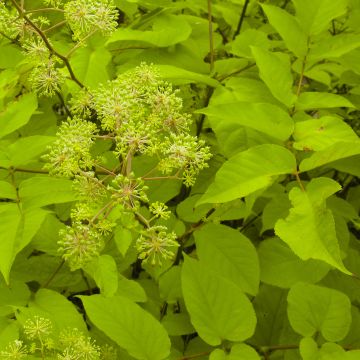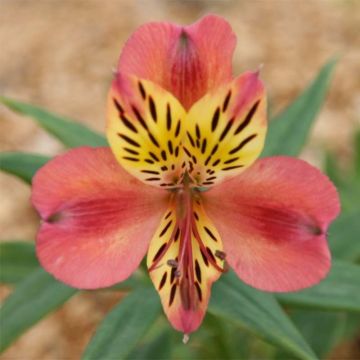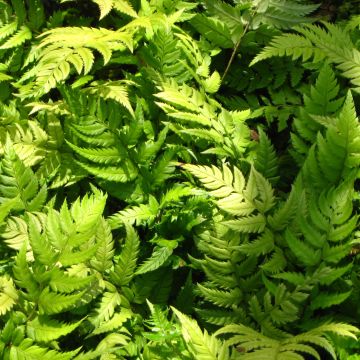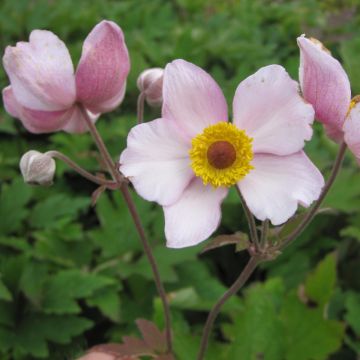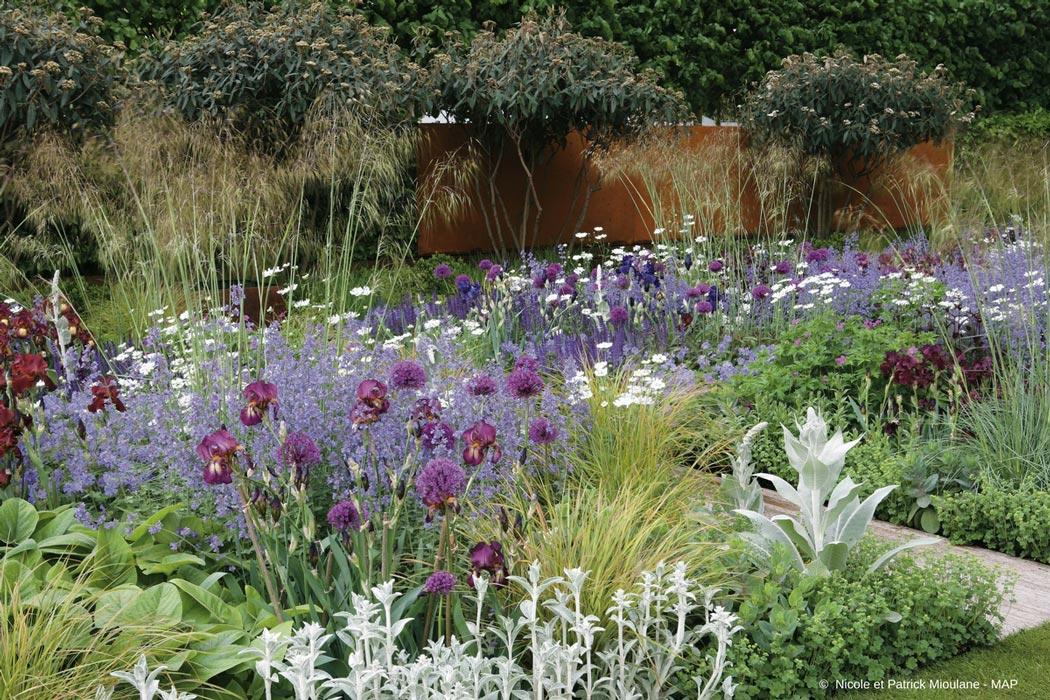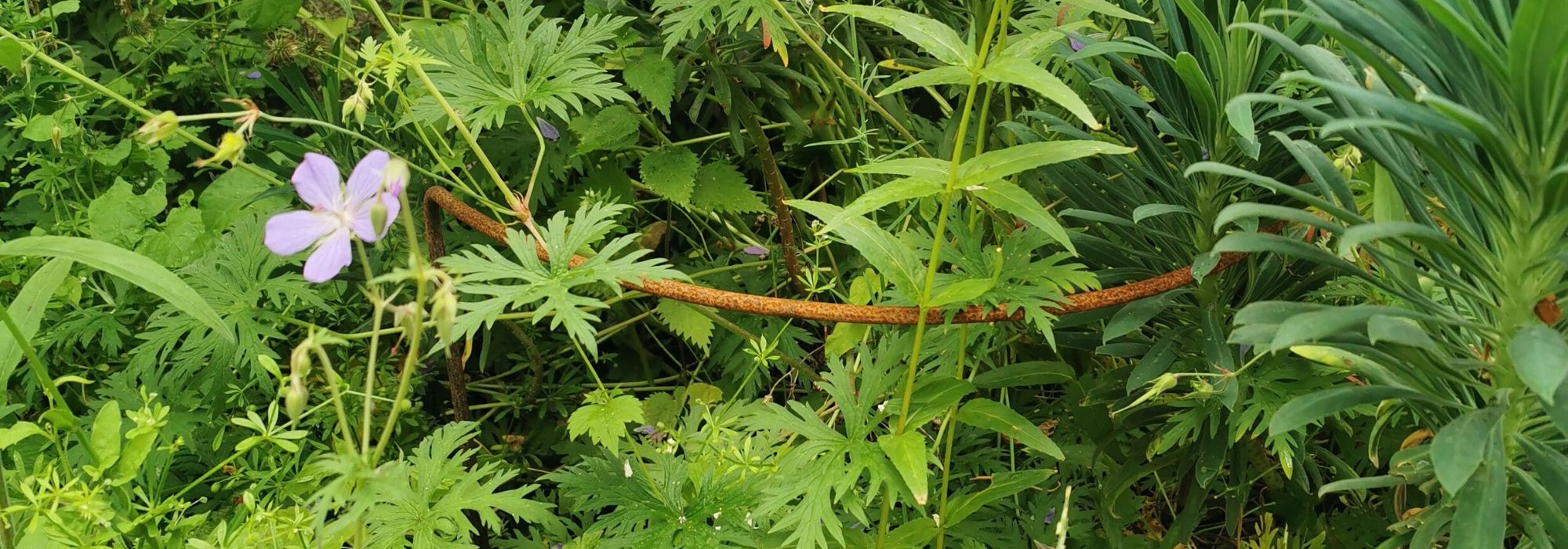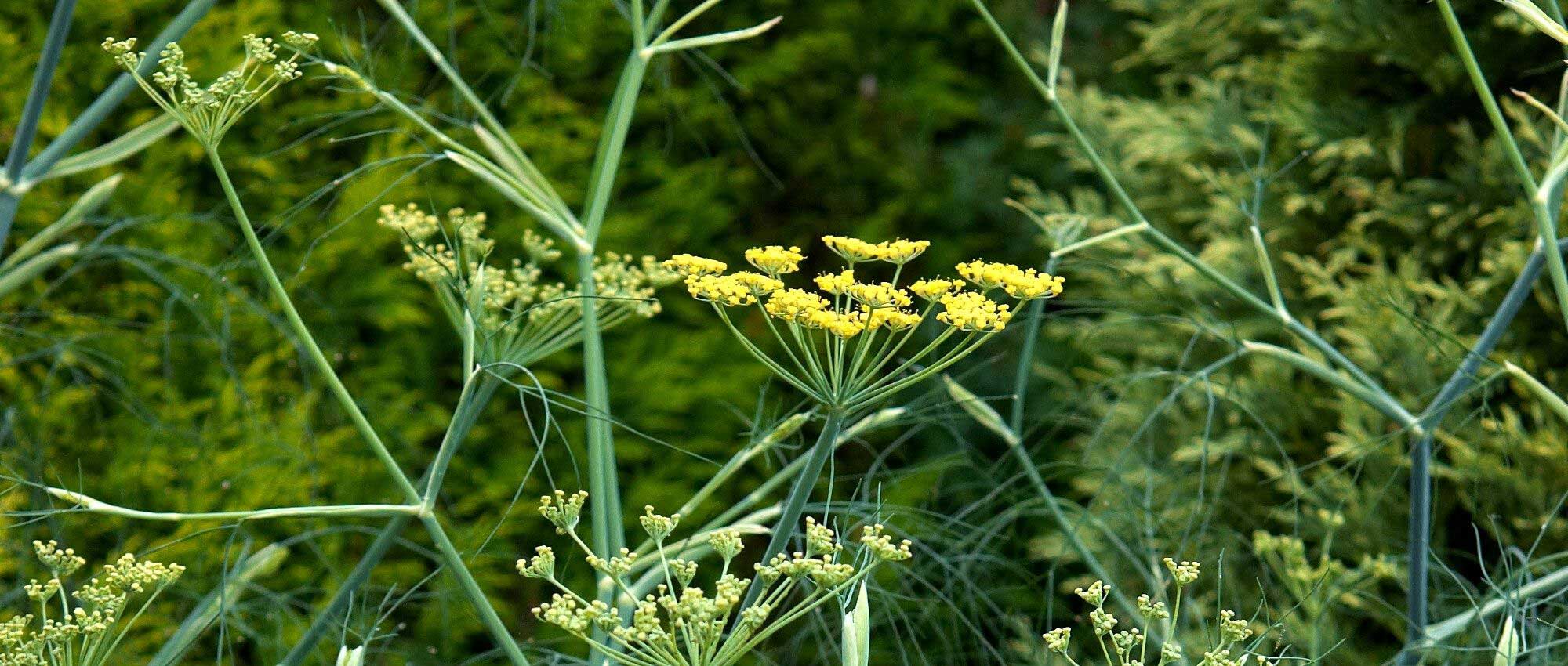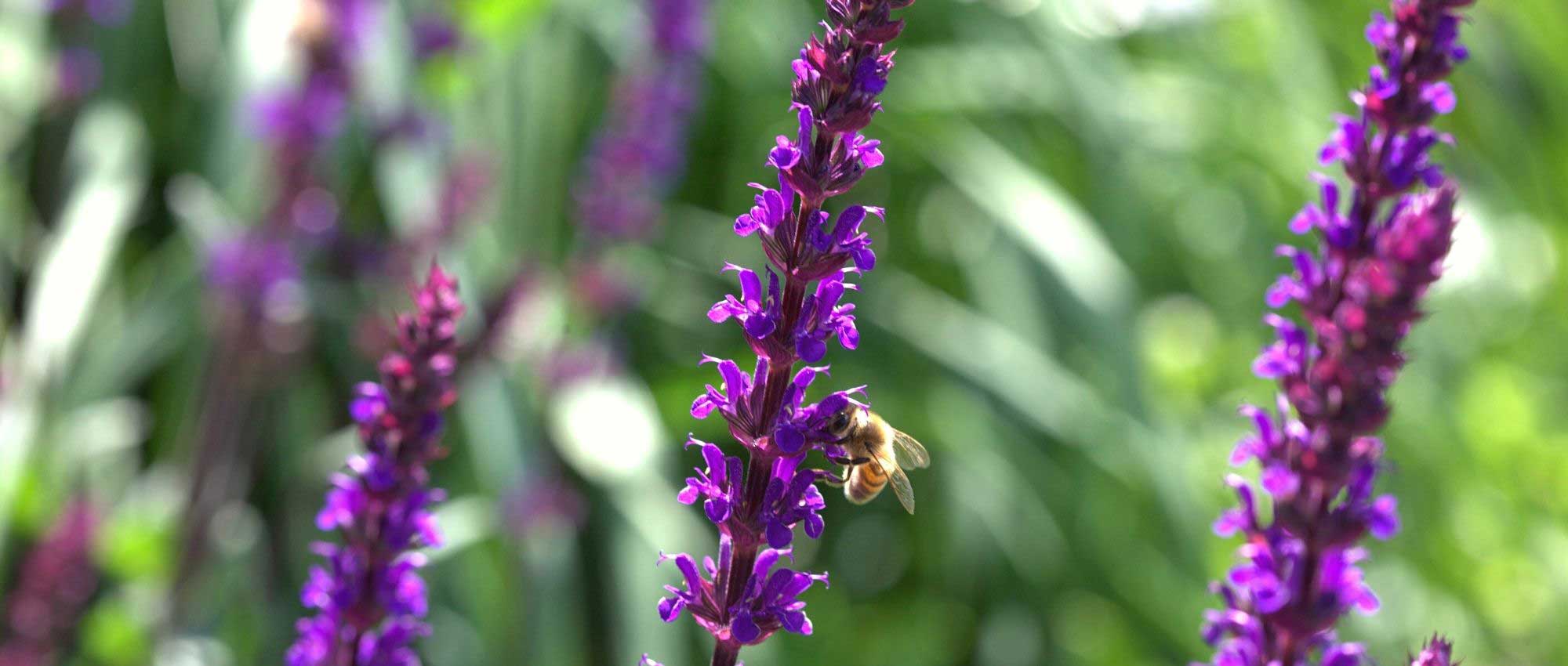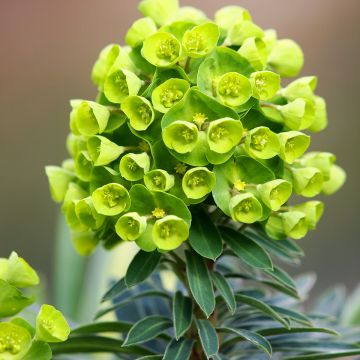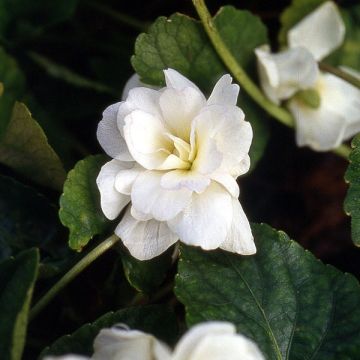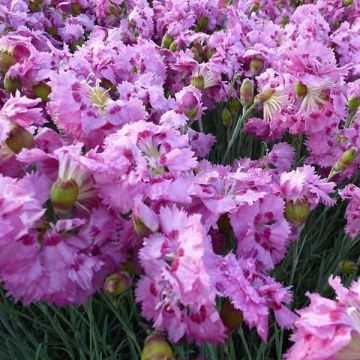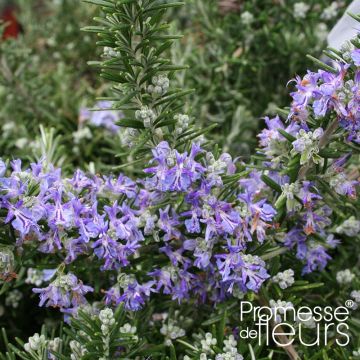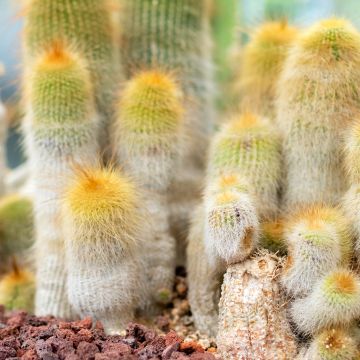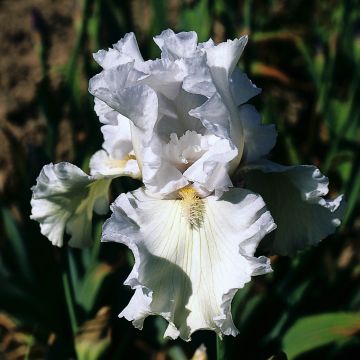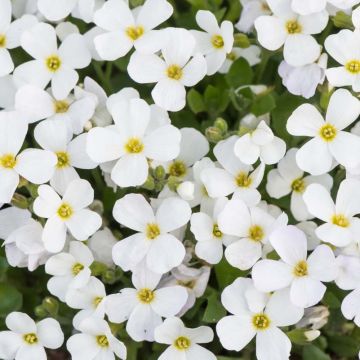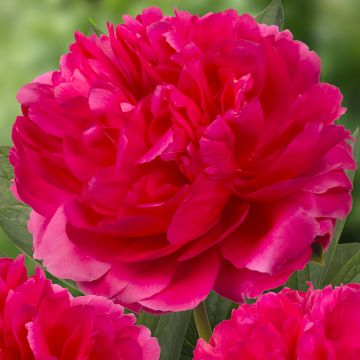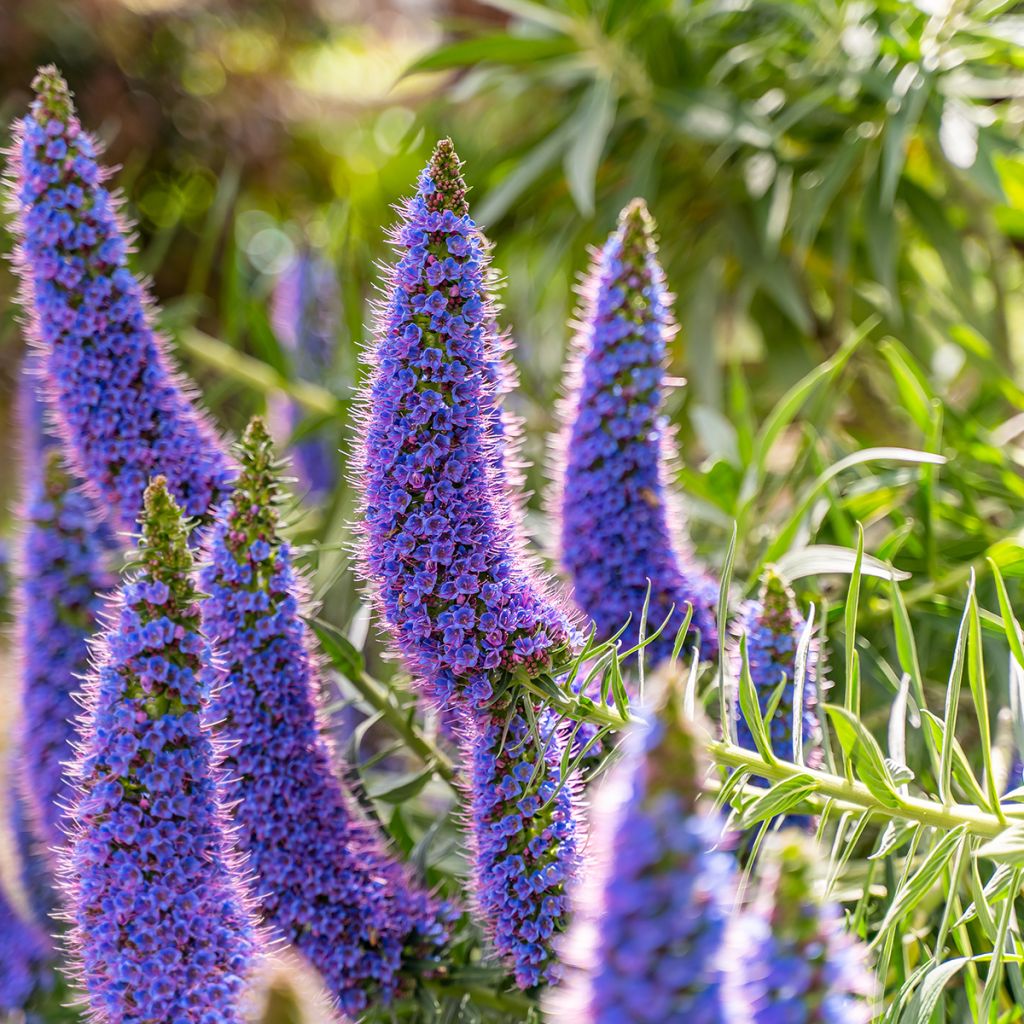

Echium candicans
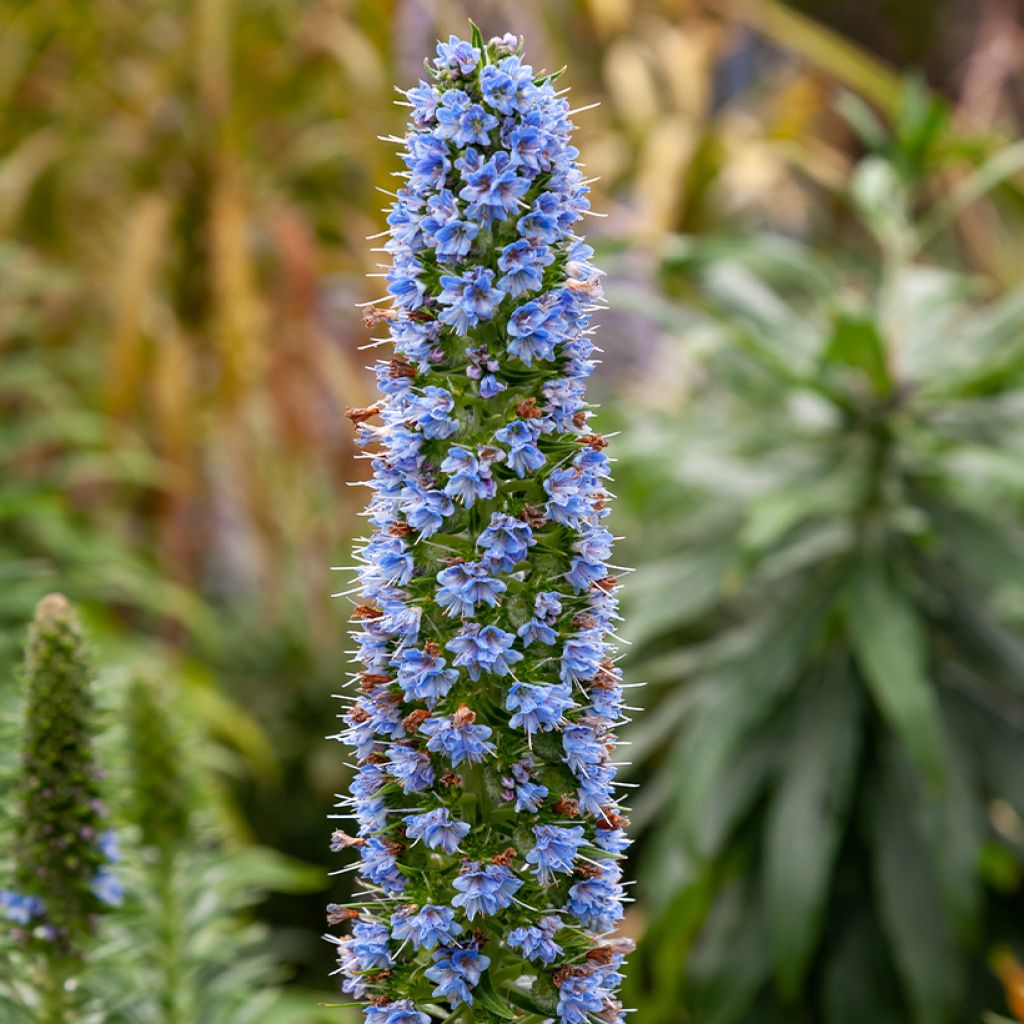

Echium candicans
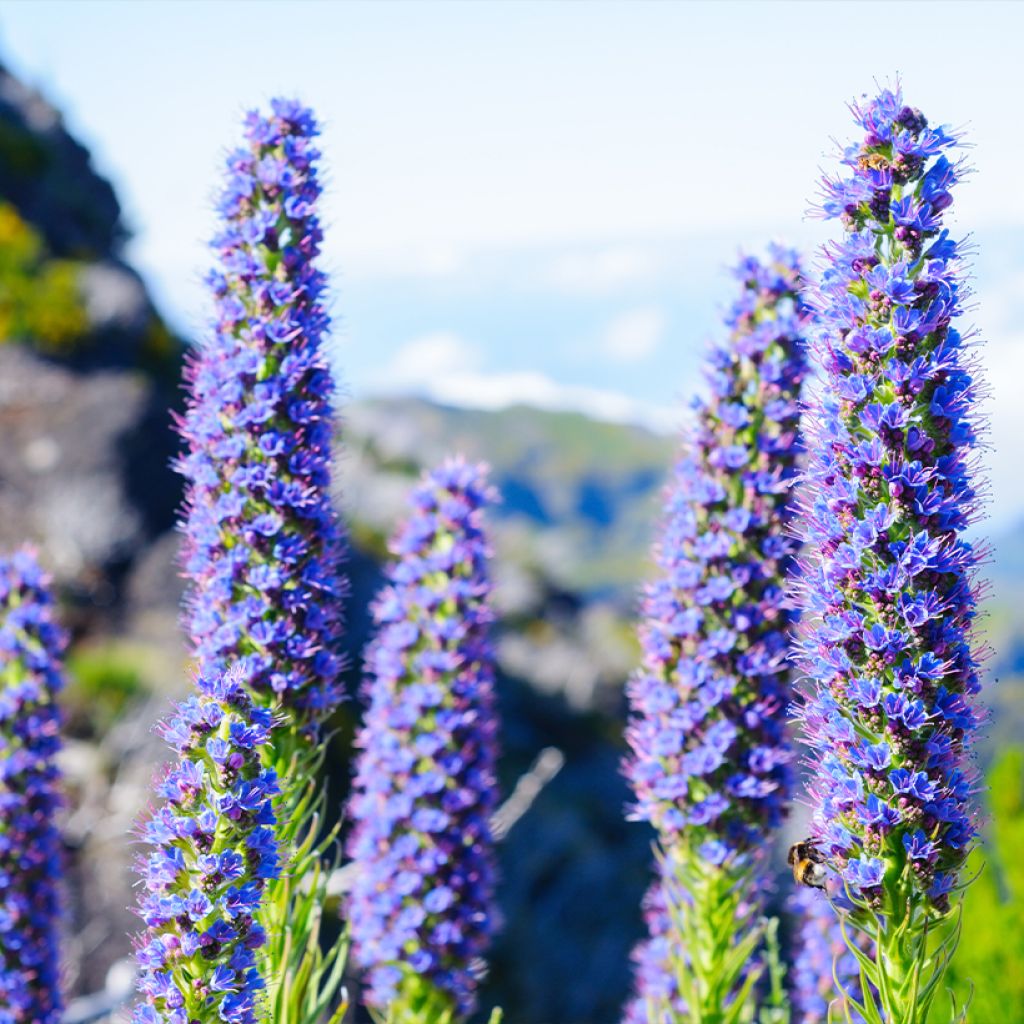

Echium candicans
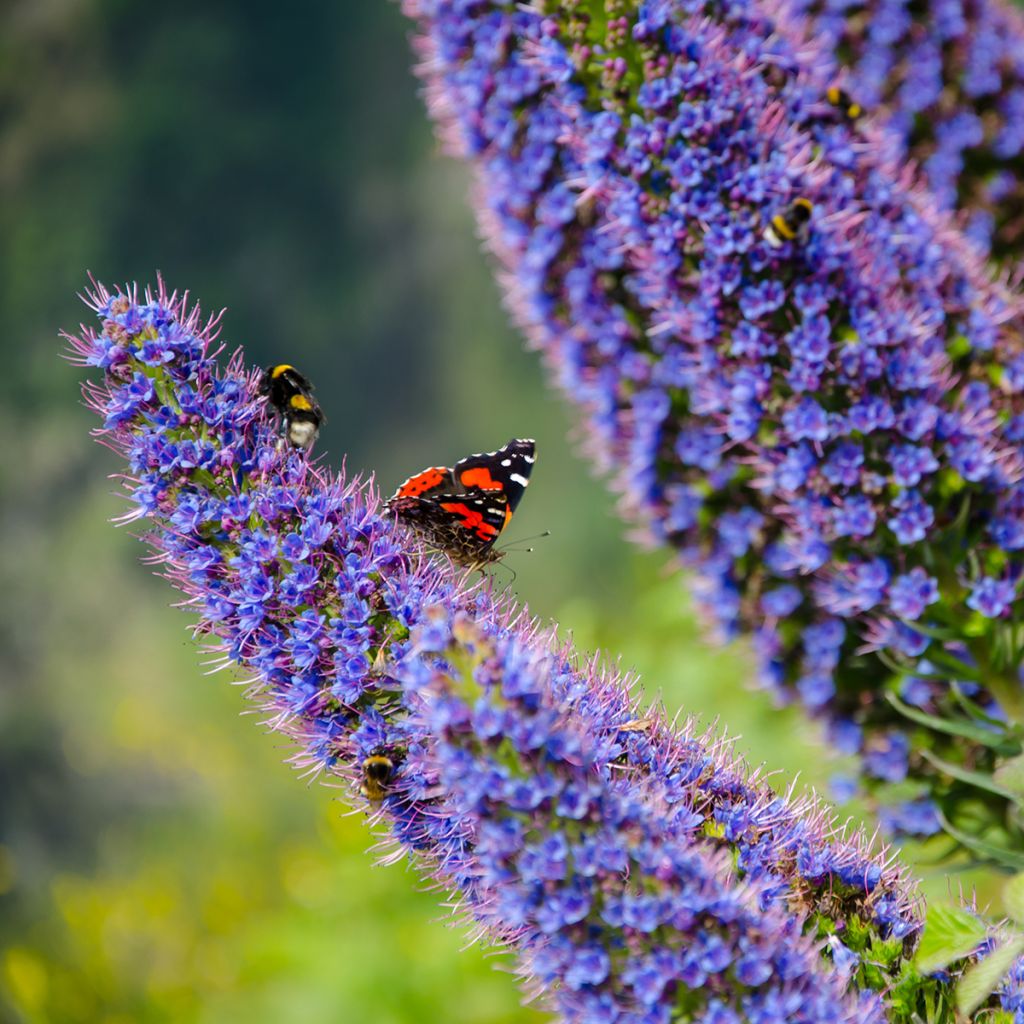

Echium candicans
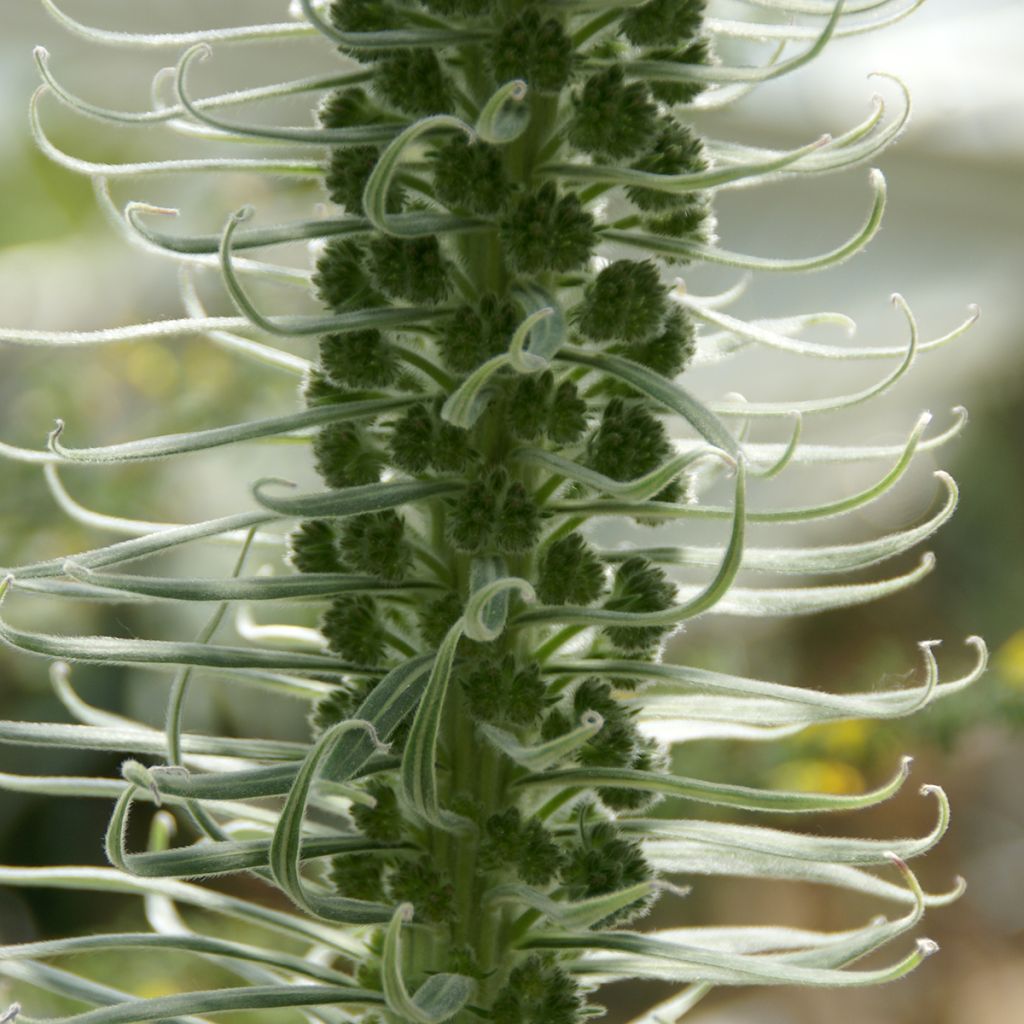

Echium candicans
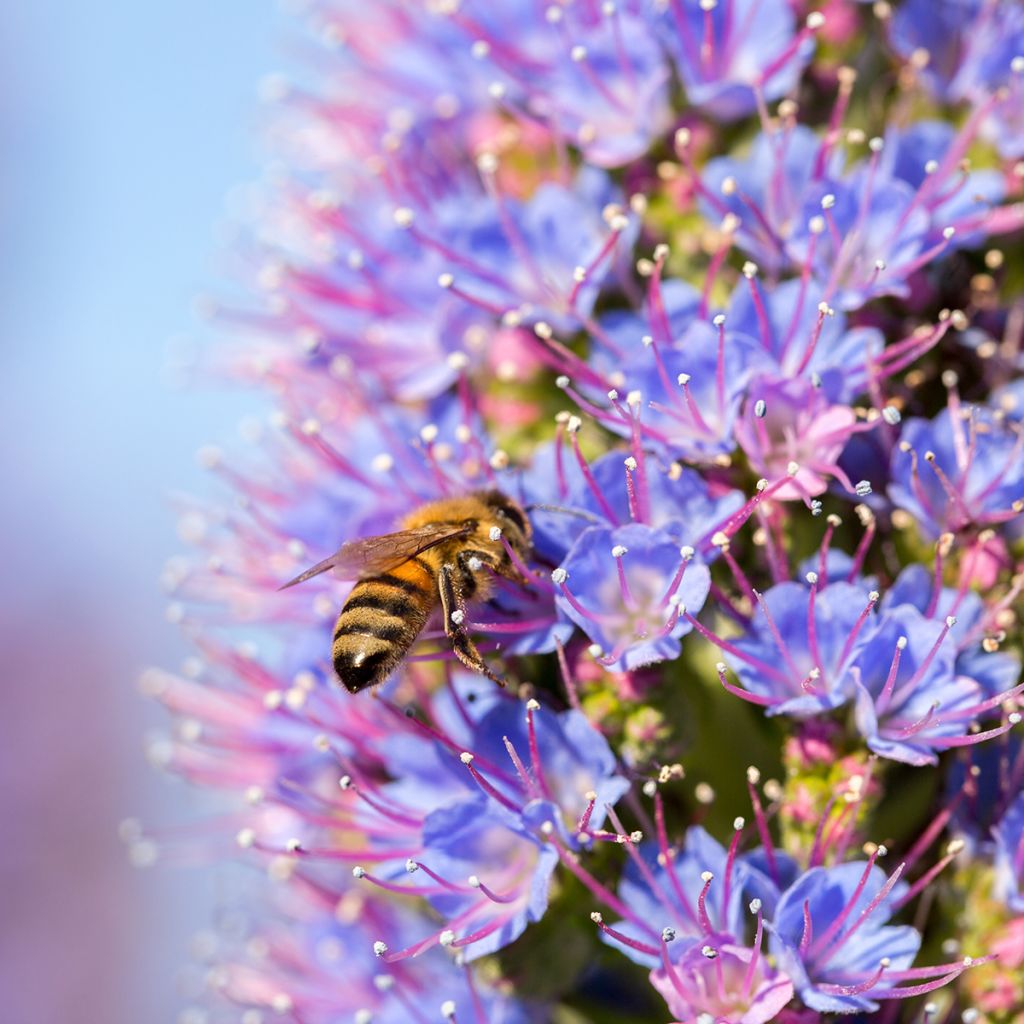

Echium candicans
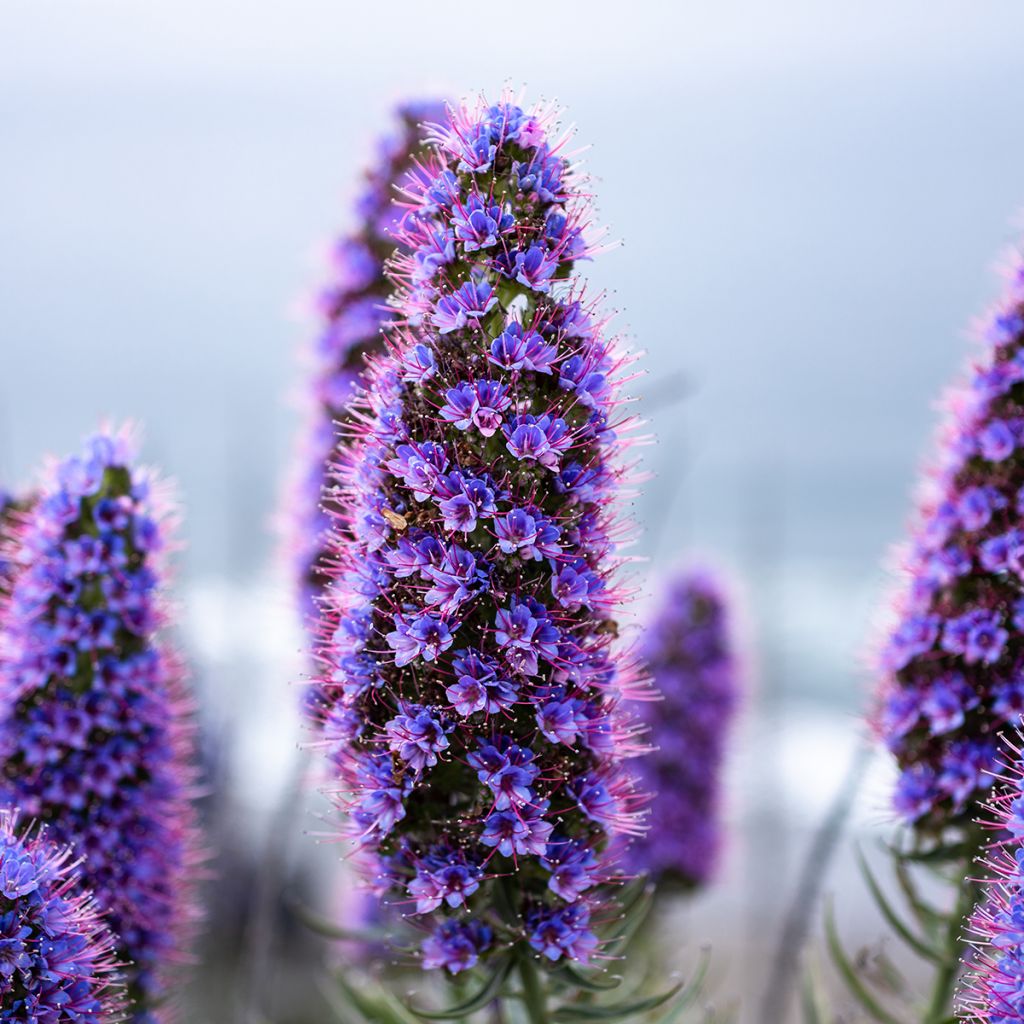

Echium candicans
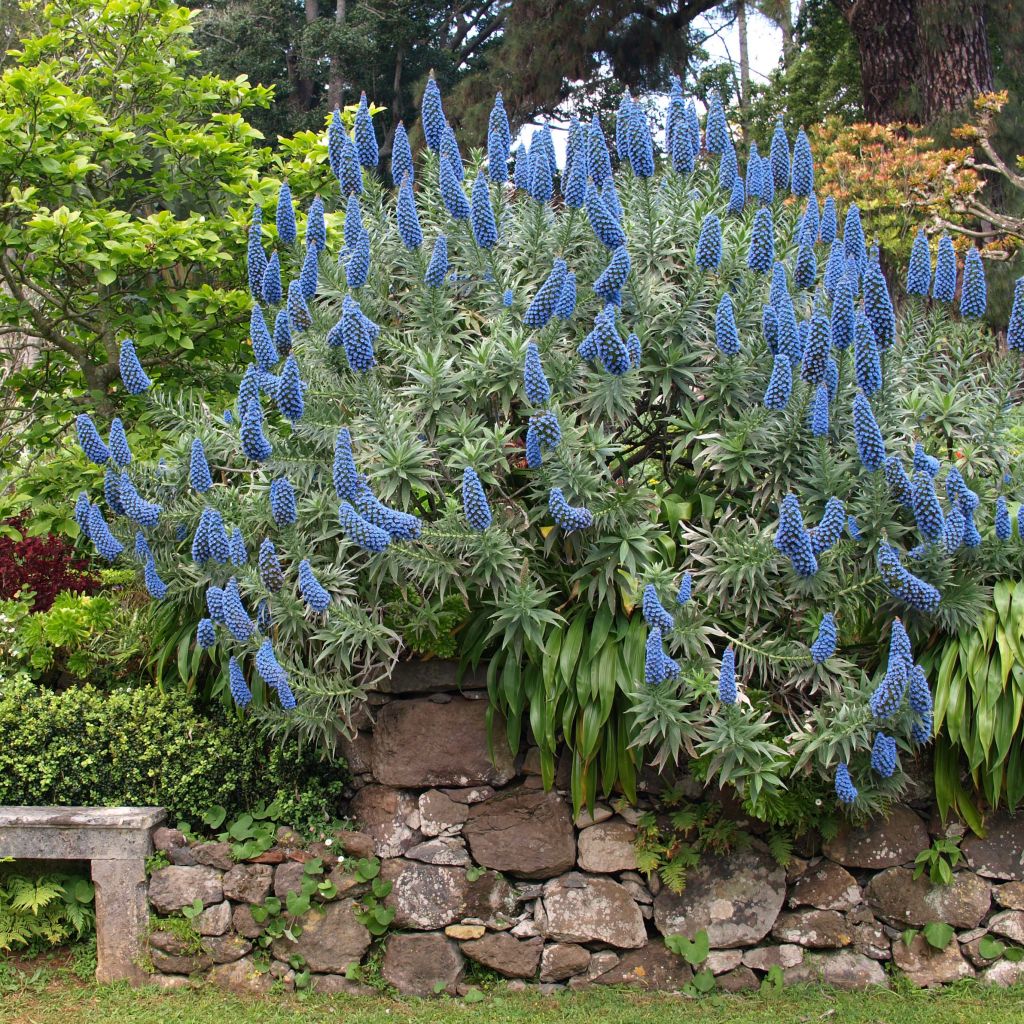

Echium candicans
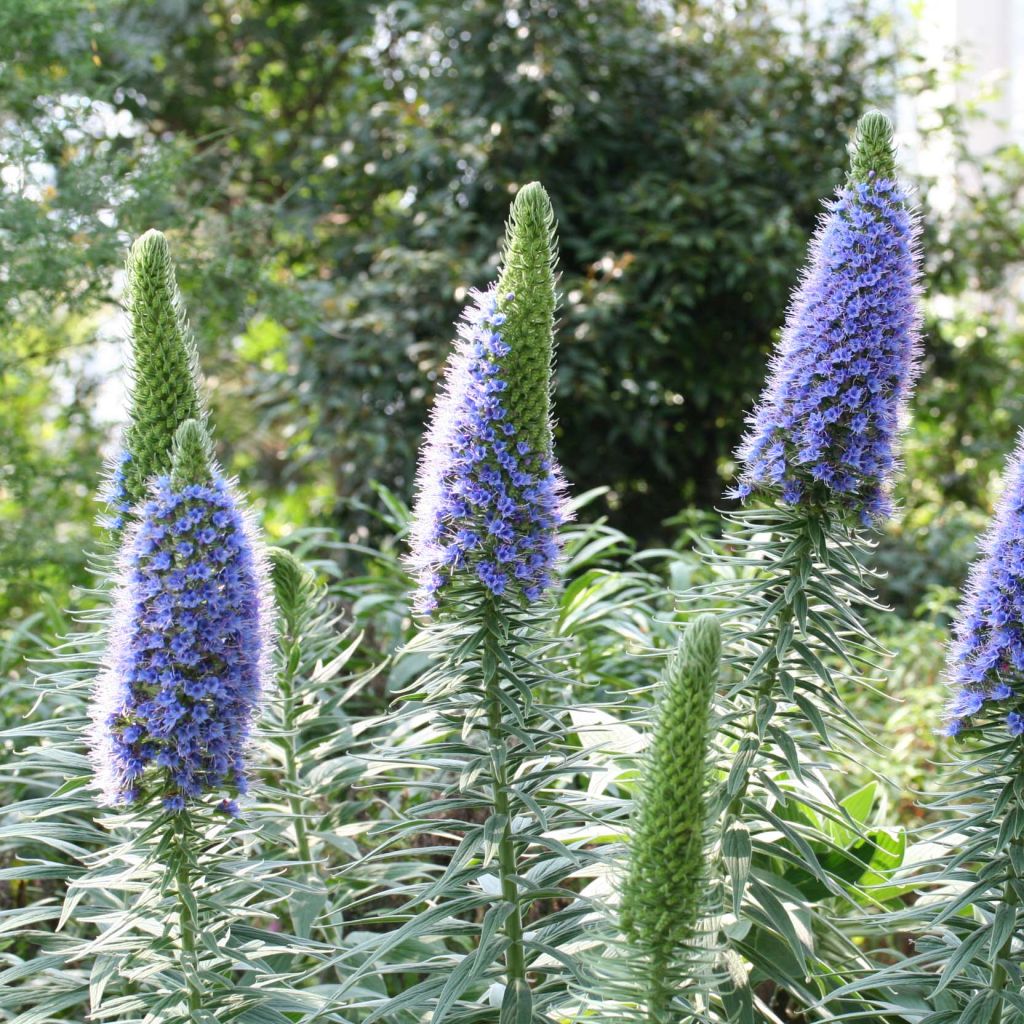

Echium candicans
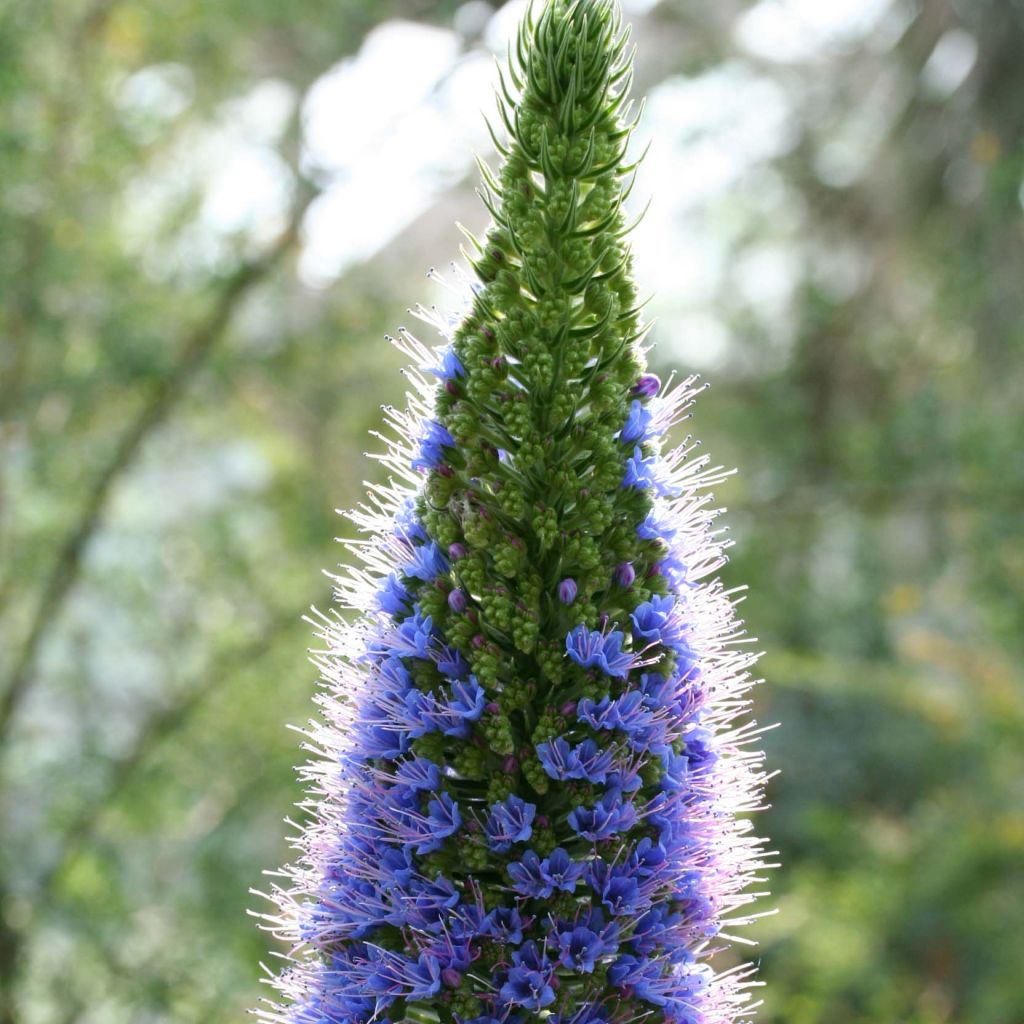

Echium candicans
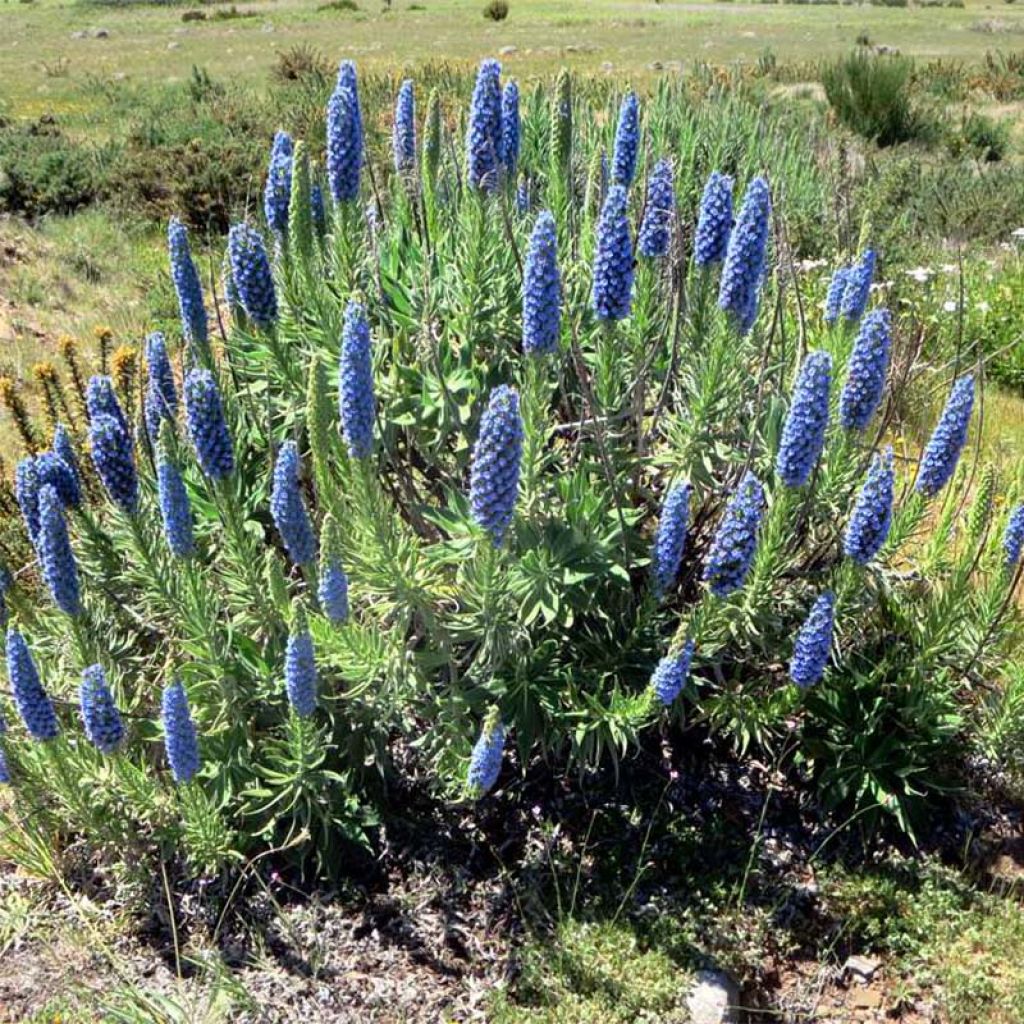

Echium candicans
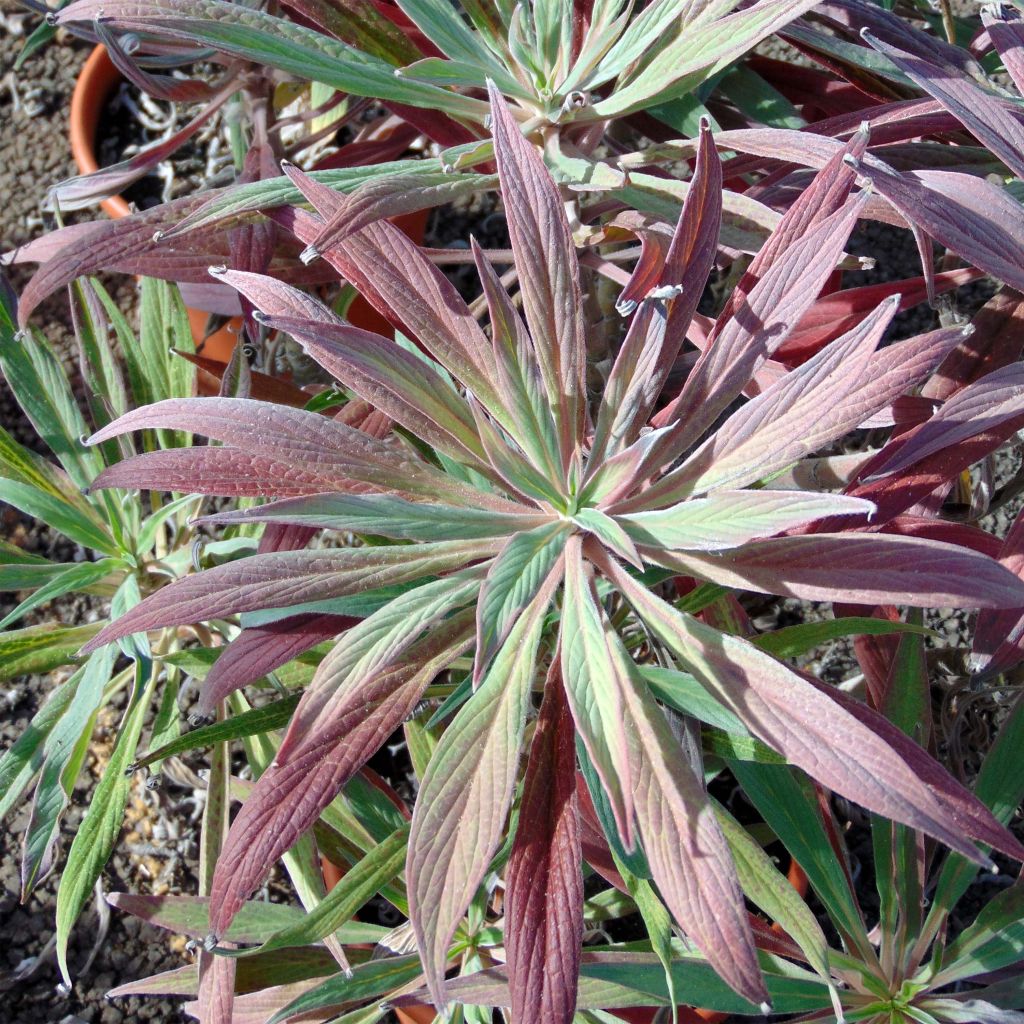

Echium candicans
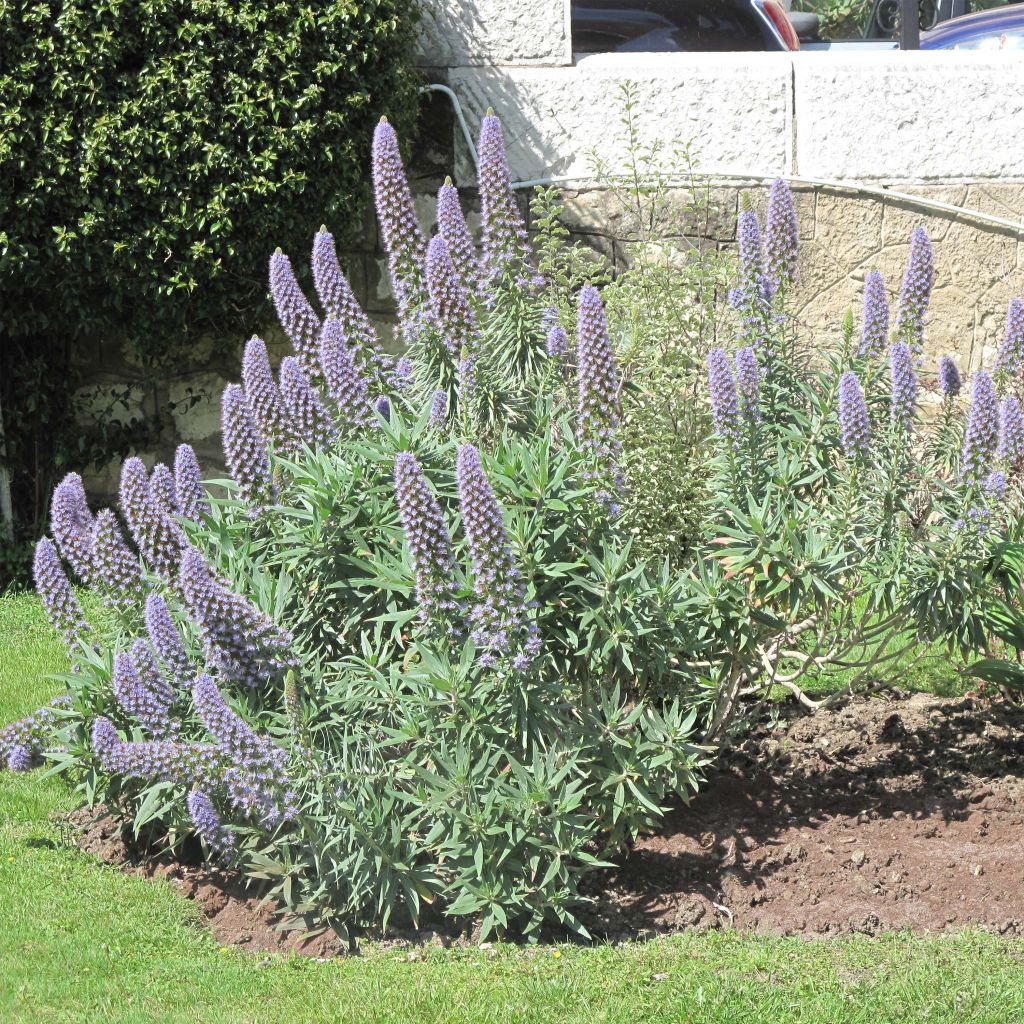

Echium candicans
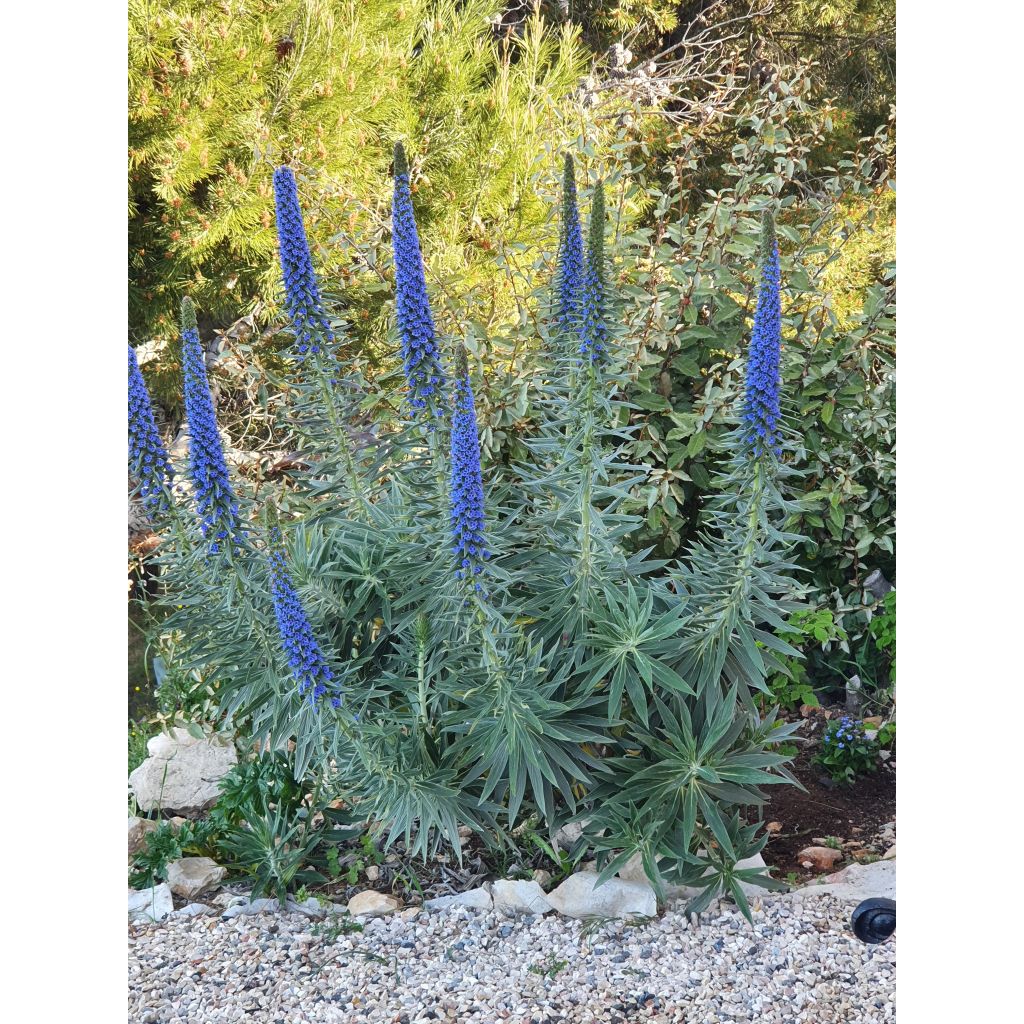

Echium candicans
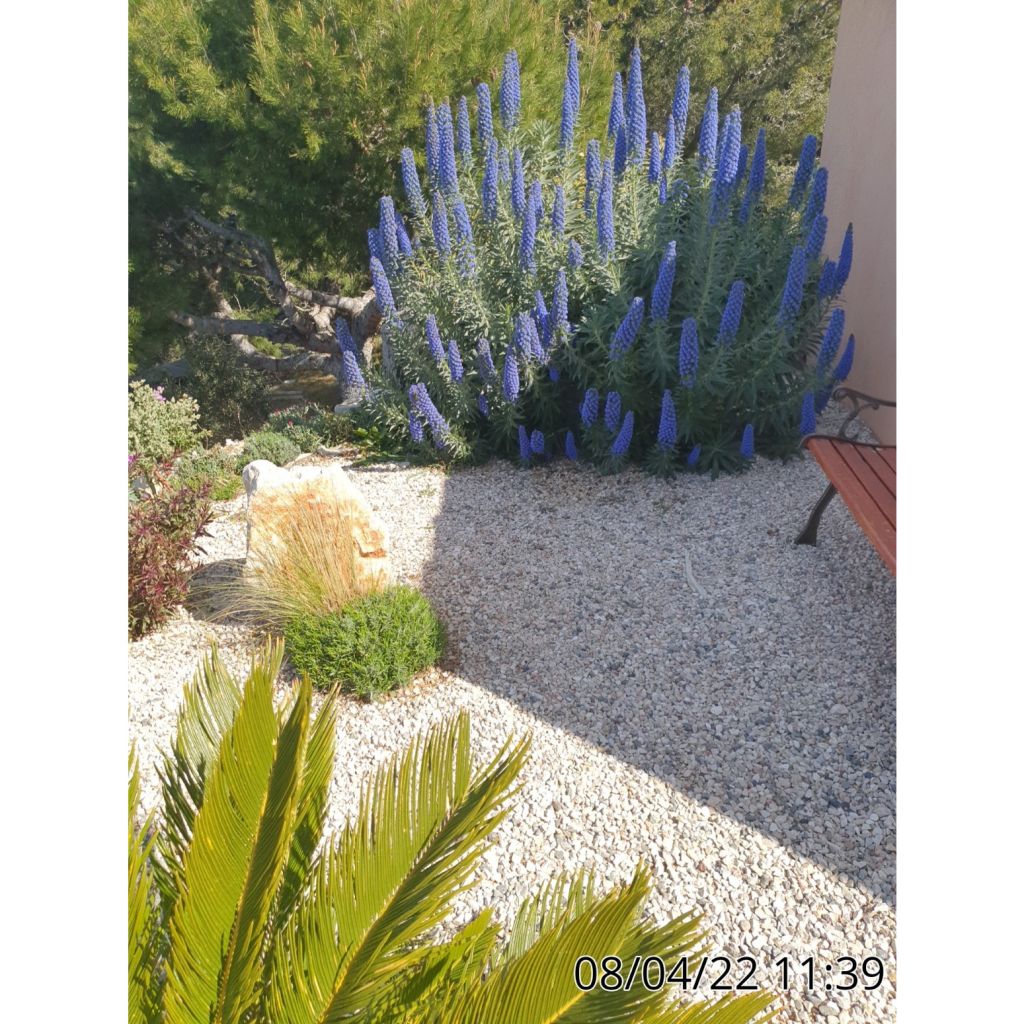

Echium candicans
Echium candicans
Echium candicans
Pride of Madeira, Giant Vipers Bugloss
Special offer!
Receive a €20 voucher for any order over €90 (excluding delivery costs, credit notes, and plastic-free options)!
1- Add your favorite plants to your cart.
2- Once you have reached €90, confirm your order (you can even choose the delivery date!).
3- As soon as your order is shipped, you will receive an email containing your voucher code, valid for 3 months (90 days).
Your voucher is unique and can only be used once, for any order with a minimum value of €20, excluding delivery costs.
Can be combined with other current offers, non-divisible and non-refundable.
Home or relay delivery (depending on size and destination)
Schedule delivery date,
and select date in basket
This plant carries a 12 months recovery warranty
More information
We guarantee the quality of our plants for a full growing cycle, and will replace at our expense any plant that fails to recover under normal climatic and planting conditions.
Does this plant fit my garden?
Set up your Plantfit profile →
Description
Echium candicans (syn.fastuosum) is a very beautiful wild viper's bugloss, a botanical species of great beauty, native to the island of Madeira. Its spring to summer flowering is spectacular, in the form of long blue dense spikes, composed of a multitude of small, white to sapphire blue and blue-violet flowers, mixed with white bristles. Above a large tuft covered with grey-green foliage and bristles, a cloud of pollinators wil tirelessly flutter, indifferent to the sweltering heat. It will find a place in embankments, rockeries, borders, and natural-inspired flower beds in regions without severe frosts.
Echium candicans is a shrubby plant with soft wood and a taproot from the family Boraginaceae, native to Madeira, off the coast of Portugal. This plant forms a large, dense bush the first year, 1.50m (5ft) tall and 2.50m (8ft) to 3m (10ft) wide, and blooms from the second or third year. This short-lived perennial disappears after 5 to 7 years but self-seeds in light or rocky soil. The grey-green curly, lanceolate foliage with reddish tips, is covered with stiff hairs that give it a greyish appearance and can sometimes be irritating to the skin. The leaves are gathered in large rosettes at the ends of the branches. Flowering takes place from March to May-June (depending on the climate), in the form of magnificent blue spikes, 20 to 50cm (8 to 20in) long, standing above the foliage and visible from afar. It is impossible not to notice them, even when surrounded by greenery or dried foliage. This is probably because the tiny 12mm (1in) diameter flowers adopt different shades ranging from white to violet and are enhanced by pink to crimson stamens. This plant can withstand temperatures slightly below -2°C (28.4°F), in perfectly drained soil, and tolerates drought well.
Madeiran viper's bugloss is a robust plant in mild climates and by the sea. It tolerates sea spray and poor and chalky soils, as long as they are properly drained, but requires full sun to thrive. It is used in large rockeries, well-drained flower beds, and dry gardens. It can be associated in natural areas with Damask Nigella, perennial flax, ammi, sainfoin, alfalfa, annual cornflowers, phacelia, and tuberous vetch. Paired with red or blue shrubby salvias, Salvia leucantha, Aloe arborescens, and Ebenus cretica with their pink and fluffy spikes, on a dry slope in a rockery, it forms a superb combination. This plant also performs well in a very large pot that can be stored away in winter. It is remarkably rich in nectar and will continuously produce nectar, providing a precious source of food for pollinators. Echium honey has sought-after qualities; a beautiful amber colour, a low tendency to crystallize, and a sweet, floral fragrance.
In the Middle Ages, proponents of the doctrine of signatures attributed anti-venom properties to Echium due to the stems' remblance to snakeskin, and the fruits resembling a viper's head.
Echium candicans in pictures
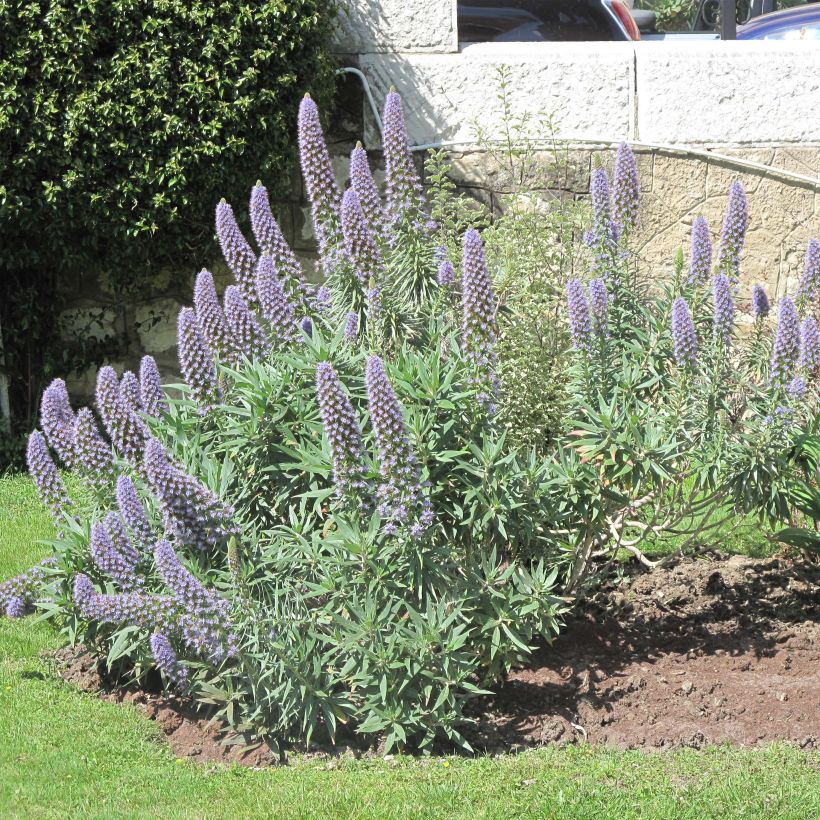

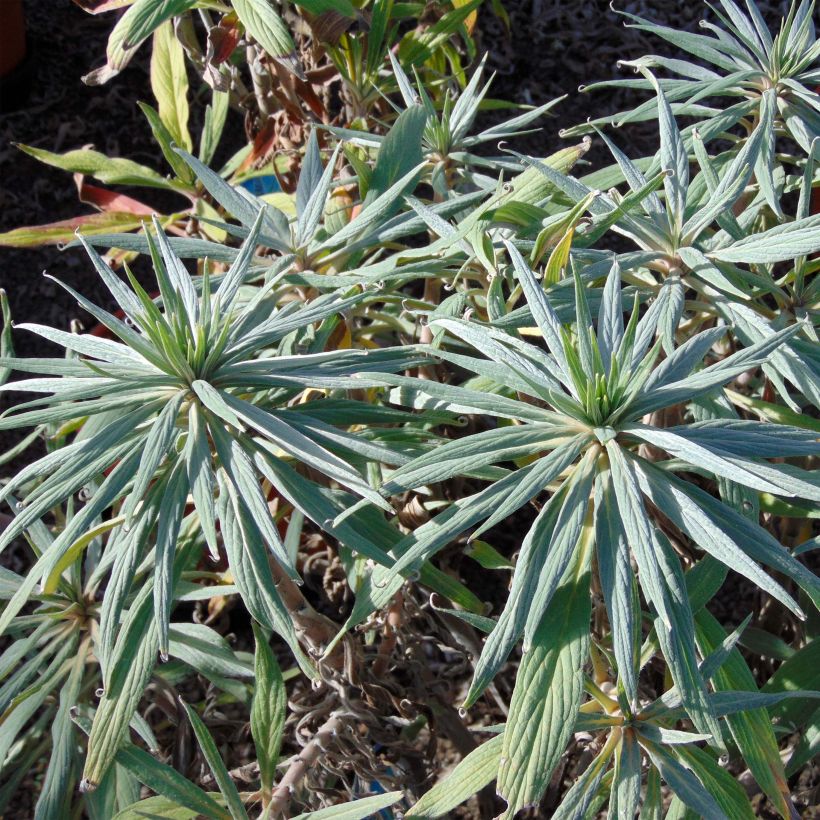

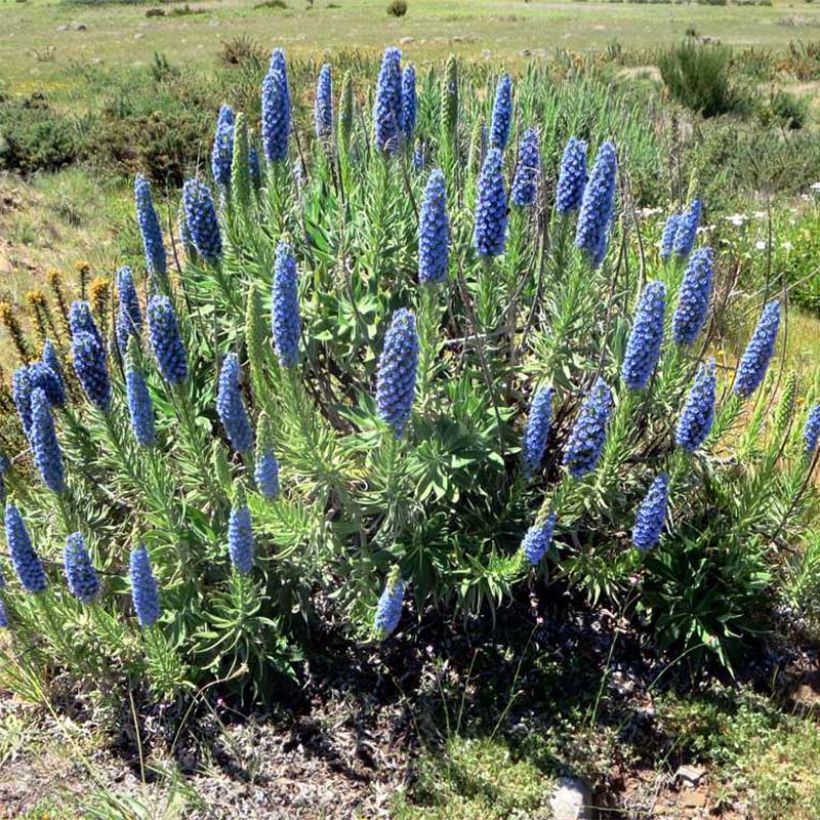

Flowering
Foliage
Plant habit
Botanical data
Echium
candicans
Boraginaceae
Pride of Madeira, Giant Vipers Bugloss
Mediterranean
Other Perennials A to Z
View all →Planting and care
Echiums prefer hot and sunny places, and will live longer in dry, poor, sandy, rocky, even limestone, very well-drained soil, than in moist and rich soil. They are more majestic in the latter case, however, they cannot tolerate more than one season in heavy, compact and wet soil. They are best planted in September-October in a warm climate, while the beginning of spring will be preferred in the north.
Echium candicans suffers from temperatures below 0°C (32°F), but it is capable of withstanding short frosts of around -5°C (23°F) in well-drained soil, dry in winter. It tolerates slightly acidic to neutral soils and likes deep, rich, sandy and limestone soils. It is an excellent plant for mild coastal gardens. Watering is unnecessary in summer, even in dry climates, in open ground. It needs a large pot due to its significant growth. Reduce watering in winter and store frost-free in a very bright room. Its lifespan is short, even in a Mediterranean climate, but it easily self-seeds in light soil.
Propagate by seed-sowing in summer under a frame, or semi-woody stem cuttings in summer, the tips of branches (10cm (4in)) that have not borne flowers. Overwinter the cuttings frost-free for planting in spring.
Planting period
Intended location
Care
Planting & care advice
-
, onOrder confirmed
Reply from on Promesse de fleurs
Similar products
Haven't found what you were looking for?
Hardiness is the lowest winter temperature a plant can endure without suffering serious damage or even dying. However, hardiness is affected by location (a sheltered area, such as a patio), protection (winter cover) and soil type (hardiness is improved by well-drained soil).

Photo Sharing Terms & Conditions
In order to encourage gardeners to interact and share their experiences, Promesse de fleurs offers various media enabling content to be uploaded onto its Site - in particular via the ‘Photo sharing’ module.
The User agrees to refrain from:
- Posting any content that is illegal, prejudicial, insulting, racist, inciteful to hatred, revisionist, contrary to public decency, that infringes on privacy or on the privacy rights of third parties, in particular the publicity rights of persons and goods, intellectual property rights, or the right to privacy.
- Submitting content on behalf of a third party;
- Impersonate the identity of a third party and/or publish any personal information about a third party;
In general, the User undertakes to refrain from any unethical behaviour.
All Content (in particular text, comments, files, images, photos, videos, creative works, etc.), which may be subject to property or intellectual property rights, image or other private rights, shall remain the property of the User, subject to the limited rights granted by the terms of the licence granted by Promesse de fleurs as stated below. Users are at liberty to publish or not to publish such Content on the Site, notably via the ‘Photo Sharing’ facility, and accept that this Content shall be made public and freely accessible, notably on the Internet.
Users further acknowledge, undertake to have ,and guarantee that they hold all necessary rights and permissions to publish such material on the Site, in particular with regard to the legislation in force pertaining to any privacy, property, intellectual property, image, or contractual rights, or rights of any other nature. By publishing such Content on the Site, Users acknowledge accepting full liability as publishers of the Content within the meaning of the law, and grant Promesse de fleurs, free of charge, an inclusive, worldwide licence for the said Content for the entire duration of its publication, including all reproduction, representation, up/downloading, displaying, performing, transmission, and storage rights.
Users also grant permission for their name to be linked to the Content and accept that this link may not always be made available.
By engaging in posting material, Users consent to their Content becoming automatically accessible on the Internet, in particular on other sites and/or blogs and/or web pages of the Promesse de fleurs site, including in particular social pages and the Promesse de fleurs catalogue.
Users may secure the removal of entrusted content free of charge by issuing a simple request via our contact form.
The flowering period indicated on our website applies to countries and regions located in USDA zone 8 (France, the United Kingdom, Ireland, the Netherlands, etc.)
It will vary according to where you live:
- In zones 9 to 10 (Italy, Spain, Greece, etc.), flowering will occur about 2 to 4 weeks earlier.
- In zones 6 to 7 (Germany, Poland, Slovenia, and lower mountainous regions), flowering will be delayed by 2 to 3 weeks.
- In zone 5 (Central Europe, Scandinavia), blooming will be delayed by 3 to 5 weeks.
In temperate climates, pruning of spring-flowering shrubs (forsythia, spireas, etc.) should be done just after flowering.
Pruning of summer-flowering shrubs (Indian Lilac, Perovskia, etc.) can be done in winter or spring.
In cold regions as well as with frost-sensitive plants, avoid pruning too early when severe frosts may still occur.
The planting period indicated on our website applies to countries and regions located in USDA zone 8 (France, United Kingdom, Ireland, Netherlands).
It will vary according to where you live:
- In Mediterranean zones (Marseille, Madrid, Milan, etc.), autumn and winter are the best planting periods.
- In continental zones (Strasbourg, Munich, Vienna, etc.), delay planting by 2 to 3 weeks in spring and bring it forward by 2 to 4 weeks in autumn.
- In mountainous regions (the Alps, Pyrenees, Carpathians, etc.), it is best to plant in late spring (May-June) or late summer (August-September).
The harvesting period indicated on our website applies to countries and regions in USDA zone 8 (France, England, Ireland, the Netherlands).
In colder areas (Scandinavia, Poland, Austria...) fruit and vegetable harvests are likely to be delayed by 3-4 weeks.
In warmer areas (Italy, Spain, Greece, etc.), harvesting will probably take place earlier, depending on weather conditions.
The sowing periods indicated on our website apply to countries and regions within USDA Zone 8 (France, UK, Ireland, Netherlands).
In colder areas (Scandinavia, Poland, Austria...), delay any outdoor sowing by 3-4 weeks, or sow under glass.
In warmer climes (Italy, Spain, Greece, etc.), bring outdoor sowing forward by a few weeks.






























